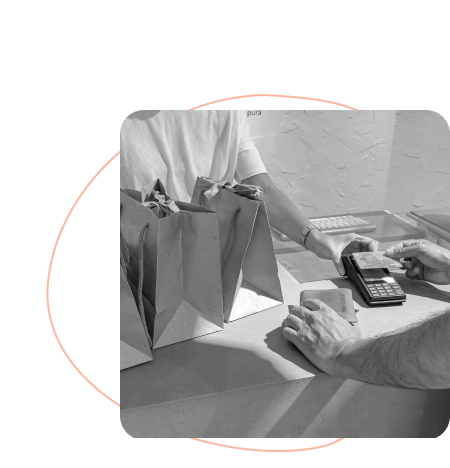
Cloud accounting software solutions are available in a wide range of price points. The cost of cloud accounting software will depend on the solution you choose and how much the application is used.
The three main categories for cloud accounting software pricing
There are three main categories for cloud accounting software pricing.
- Entry-level pricing: If your business is a small to mid-sized business, then you’re likely looking at entry-level pricing. This category offers basic features and services at a lower price point than the other two categories.
- Usage Pricing: If your company has more complex needs or wants more advanced features, then you may be interested in usage-based pricing plans. These plans offer unlimited data storage and increased processing power with varying monthly fees based on the number of users, transactions and other metrics that matter most to your business model.
- Resources and Add-ons: The third category includes add-ons like payroll software, HR management tools or inventory management systems (such as Shopify).
Entry-level pricing
This usually implies a freemium model, which means that you can get started with the software for free. However, you will be limited to a certain number of features until you decide to upgrade your account.
Depending on your business needs and how many clients or employees you have, entry-level pricing starts very low. But if all of your financial data is stored in other places (like spreadsheets), it might cost more than that to migrate all of your data into the cloud accounting software system and get set up correctly.
Entry-level pricing for cloud accounting software is based on how long the service has been in business and the number of clients who are using it. The longer a company has been around, the more likely it is to be considered a reputable service. With that said, there are some caveats.
Usage pricing
Usage-based pricing is the most common pricing model in the cloud accounting software market, especially in the midmarket segment (too big for entry-level, too small for enterprise). It is based on the number of transactions processed, which can be time-based or transaction-based. There are two main ways to calculate usage pricing:
- Flat fee: A fixed monthly or annual rate that covers all transactions processed within that period.
- Tiered: A set fee for each tier of processing volume, with a lower tier and higher tiers each having higher rates than their respective predecessors.
Usage pricing’s pay-per-use model means that you’re charged based on the transactions you complete when you use the software. The vendor usually charges for each transaction or process that takes place within the system.
The vendor may also charge you based on how much data is stored within their system. Another common way to charge usage fees is based on how much data transfers out or into different services over time.
Resources and add-ons
Cloud accounting software companies offer a variety of additional features and add-ons, including:
- Add-on applications: These are additional apps that run alongside your cloud accounting software to extend its functionality. For example, you can use an add-on to integrate your accounting software with Salesforce or Shopify.
- Add-on services: These include training courses and consulting services, which are useful if you’re new to the cloud platform or are transitioning from an on-premise solution to the cloud.
In the world of cloud accounting software, resources are the main component of pricing — and they can be priced in various ways.
- Resources can be priced on a per-user basis.This is where you pay based on how many users will be accessing the system and what their roles are within your business.
- Resources can also be priced on a per-seat basis. This means that every individual desktop or laptop with access to your data will cost a certain amount, regardless of whether it’s being used by one employee or multiple employees at any given time.
- Another option for pricing resources is by transaction volume (i.e., how much work your company does). For example, if you do over $10 million in annual revenue and have more than 25 transactions per month, then you’ll pay $60/month rather than $30/month ($5 more).
Cost of implementation
When calculating the cost of switching to a cloud accounting platform, you should always factor in the cost of implementation. This will depend on your company’s specific needs and the software you choose.
Additionally, if your business has complex requirements or processes that need to be captured accurately through digital transformation initiatives (e.g., cash flow management), this could drive up costs for both initial setup and ongoing support services to ensure that your systems stay up and running when it matters most.
While an implementation like this is a big ticket item, the cost of a successful implementation, managed by an experienced implementation team, can work out much cheaper than a failed ERP implementation.
Cloud accounting software is a great option for small and medium businesses. It can help you save money on office space, accounting staff and equipment.
If you’d like to discuss the scope of your digital transformation, or how a cloud accounting solution like Sage Intacct could propel your business forward, reach out to our team now to get a personalized demo.
Related Resources


Acumatica Playbook Podcast | Episode 1: The Power of Partnership & Expertise
Read the Article
